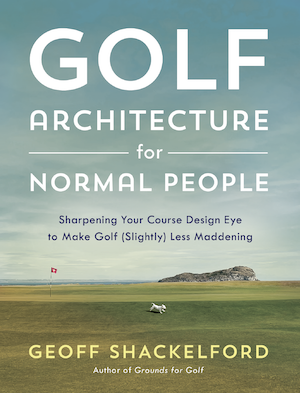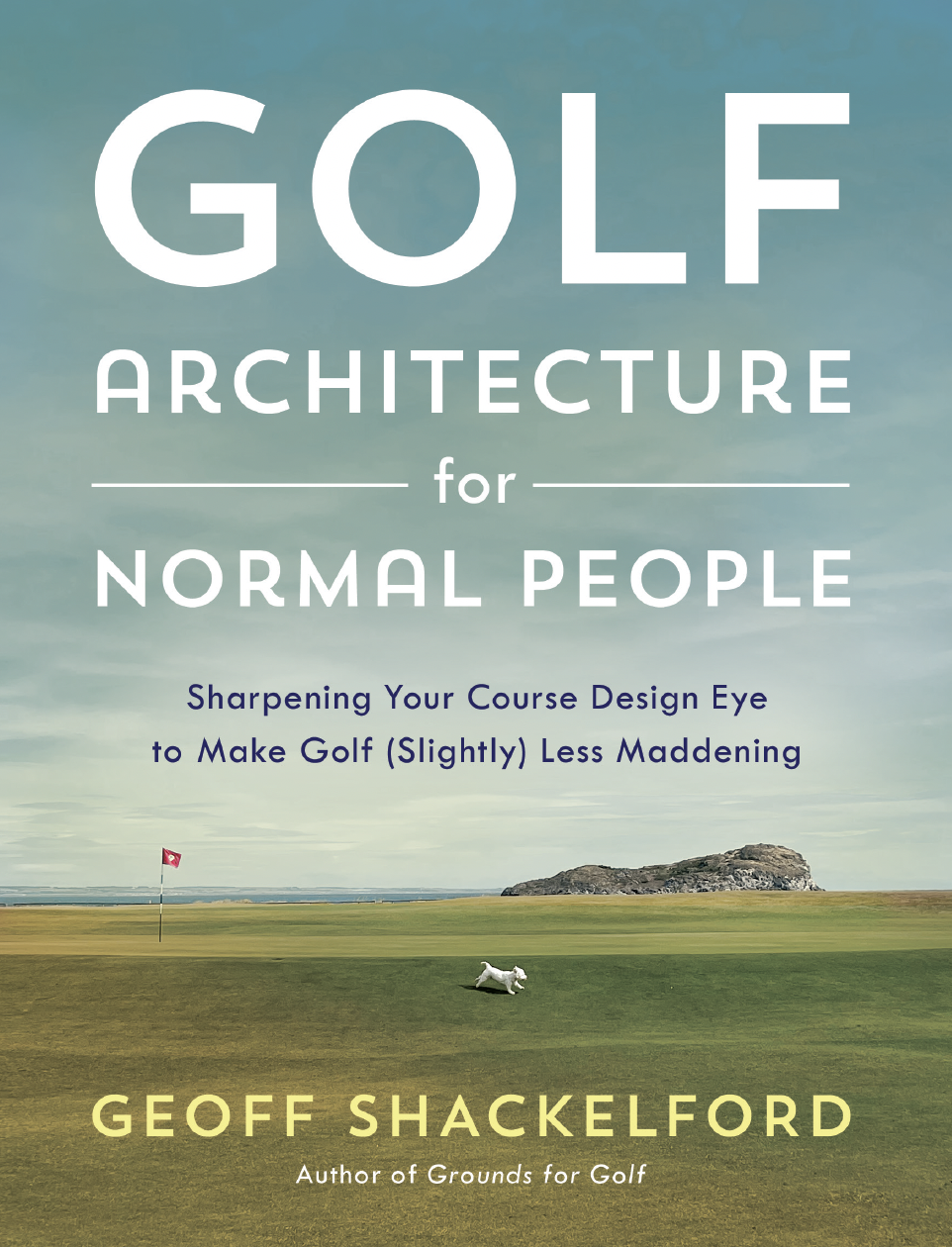It's been a while since they posted a unbylined complaint over at Titleist.com, but it's good to know the theme never changes. Yes, that's right, we're back to the golf media's "anti-golf ball technology agenda":
But what is disturbing is when members of the golf media use their position to advance their anti-technology and anti-golf ball technology agenda to golfers without providing their readers the opportunity to learn from an opposing view.
That's right, you cannot pick up a golf magazine without reading that anti-ball technology propaganda. It's stifling, I tell you!
While free speech is a wonderful thing, and the golf media has every right to provide editorial opinions, it is disillusioning to know that the opposing facts are often conveniently overlooked. Where then do the 25 million golfers in the U.S. get exposed to a balanced perspective on the long-standing technology and tradition debate?
I nominate Titleist.com. No agenda there!
And if the PGA Tour is going to measure the perception of the public relative to distance to consider whether additional rule modifications are desirable, and media coverage is imbalanced, then one can hardly expect golfers/fans of the PGA Tour to have an open mind.
It really is all the media's fault. Well, and are they implying that the average golfer is not smart enough to weed through the bias and come to their own conclusions?
Semantics are another powerful tool used to influence readers' reactions. When referring to the USGA, he uses derogatory terms like "apparently awakened from a Rip Van Winkle-length coma" and a "dawdling organization". He notes that Kenny Perry is feeling "increasingly obsolete" or "something's out of whack when Perry ranked 11th in the world, feels like a Lilliputian." The fact is Kenny Perry will turn 46 this August. In how many professional sports can a 46-year old still remain competitive let alone, be ranked 11th in the world in their chosen sport?
You might want to check out the story that has upset the writer so. Here's what Perry said that Steve Elling characterized as increasingly obsolete: "Skill? That's kind of where the tour has gone. You can hit it 50 yards off-line and hit a wedge out of the rough. They can still fire at the flagstick. That's the way golf has played out the last couple of years."
Those semantics! Not obsolete. He just feels really good about being left behind.
What is even more alarming is digging behind the scenes to the actual press conference and reading the unequivocally biased "questions" asked of J.B. Holmes:
Q. John, with the way that you have been piping it out there the last few years, now that you are out here with the big boys, and blowing it past all of them, there has been sort of a negative side to it to, people are saying he hits it too far, they need to rein that in. What's your response to all of that? You can become the poster boy for the USGA making rules changes.
Q. You don't think there has been a lessening of the skill factor because you only have to hit your 3-iron, 4-iron, 5-iron a couple of times per tournament? It's mostly a wedge, 9-iron. These are some of the points that have been raised. You are just overwhelming golf courses.
These aren't questions. They are "leading the witness" statements by a reporter with an agenda.
You know, another S word comes to mind to describe those new Cobra ads where David Feherty, CBS's on-course announcer and member of the Cobra staff, is drooling all over Cobra's J.B. Holmes during the FBR final round and conveniently, his final day raves appear in a new Cobra ad campaign.
Now that's synergy, baby! Of course, you can be the judge by checking the ad out over at Cobra's web site, a company owned by Fortune Brands, the same folks who own Titleist.
After a rant about no one celebrating Arron Oberholser's short driving and great putting en route to victory at Pebble Beach, we get to the heart of the matter:
The game has changed. But that is hardly new as this timeless deep-rooted debate about technological advancement is as old as the game itself. Where is the evidence to support that the game has been harmed?
Uh, how about this: Lousy ratings? Or flat rounds despite equipment that has never made the game easier.
No, I know, the NGF, Nielson, shoot, they're all biased!
The Titleist commentary left out a remark about the enormous financial gains that these anti-technology folks stand to gain from their agendas.
As opposed to the equipment companies, who are in this purely for the love of the game.
The piece also does not explain all these famous golfers like Palmer, Nicklaus, Norman and Woods who are saying something should be done about distance.
I guess they've been bamboozled by the media's anti-technology agenda, too?












